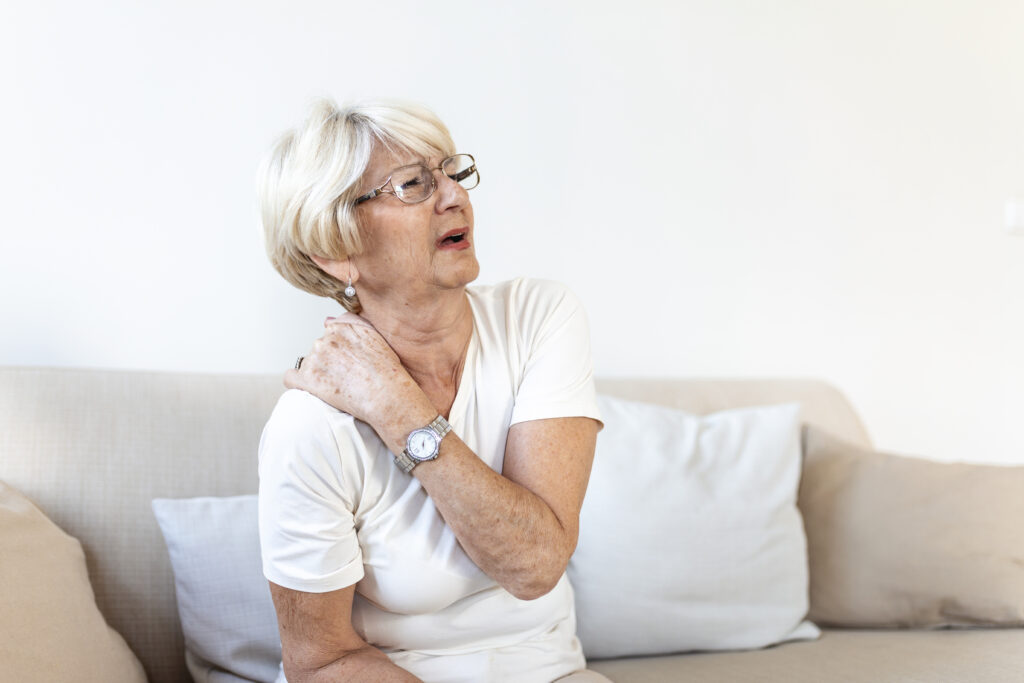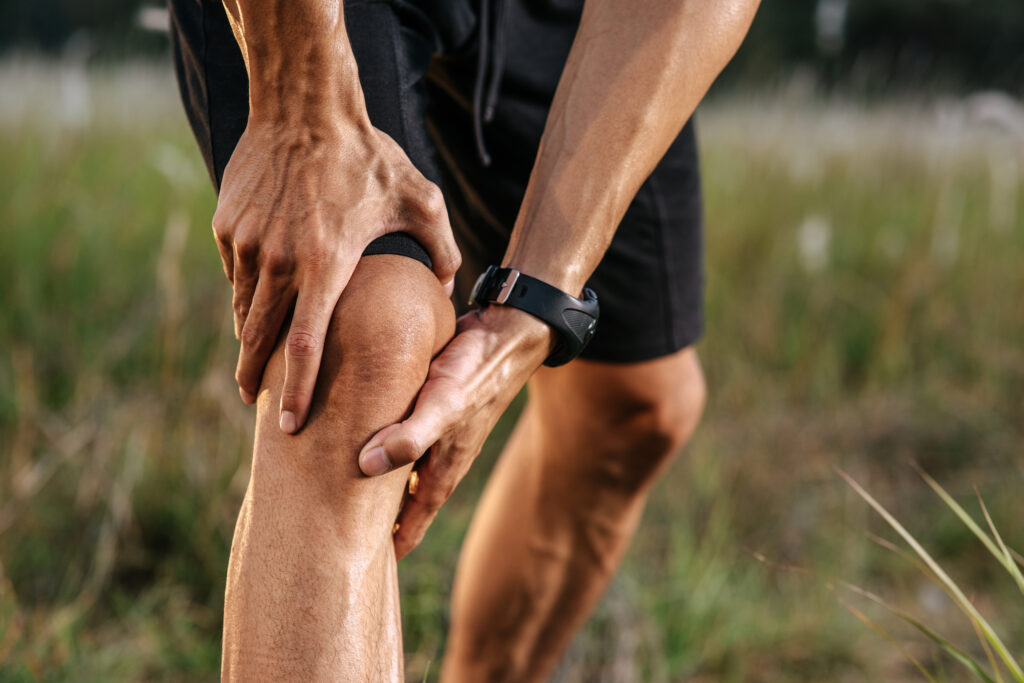When you think about enhancing mobility for seniors, it's important to take into account both their living environment and daily habits. You can start by evaluating their space—ensuring it's safe and accessible can greatly reduce risks of falls. But that's just the beginning; incorporating assistive devices and tailored exercise programs can also make a notable difference. As you explore these adjustments, you might find that nutrition, hydration, and social engagement play vital roles in this equation. What are some specific strategies you can implement to create a more supportive and active lifestyle?
Assessing the Living Environment
When it comes to enhancing senior mobility, examining the living environment is vital. You need to look for potential hazards that could impede movement and make adjustments to create a safer space.
Start by evaluating the entry points of the home, confirming walkways are clear and well-lit. Removing clutter, like shoes and bags, can prevent trips and falls.
Next, check the flooring. If you've got loose rugs or uneven surfaces, these can pose significant risks. Consider replacing slippery tiles with non-slip options or securing rugs with double-sided tape.
It's also wise to confirm that furniture is arranged to allow easy navigation. You want clear paths for walking, especially when using a mobility aid.
Don't forget about the bathroom. This space often presents the highest risk for accidents. Installing grab bars near the toilet and in the shower can provide vital support. A shower chair or a raised toilet seat can also help make these daily activities more manageable.
Lighting plays a significant role as well. Confirm all areas of the house are well-lit, especially staircases and hallways. You might even consider adding motion-sensor lights to enhance visibility during nighttime trips.
Incorporating Assistive Devices
After verifying the living environment is safe and accessible, the next step involves incorporating assistive devices that can further improve senior mobility. These devices can make daily activities easier and help maintain independence. Start by evaluating which devices will best suit the senior's specific needs.
Walkers and canes are popular options. They provide added stability and support while walking. If balance is a concern, consider a walker with wheels, as it allows for smoother movement. Confirm the device is the right height for the user to promote proper posture and comfort.
For those who struggle with stairs, stairlifts or grab bars can be invaluable. Installing grab bars in bathrooms and near steps offers additional support during transfers. You might also want to explore portable ramps if there are steps leading into the home.
If the senior has difficulty standing for long periods, a shower chair can help make bathing safer and more comfortable. Likewise, consider a raised toilet seat to make sitting and standing easier.
Don't overlook mobility scooters. They're excellent for longer distances and can be a game changer for seniors who enjoy outings.
Be sure to involve the senior in this process. Their preferences and comfort levels matter immensely. By choosing the right assistive devices, you can greatly enhance their mobility, promoting greater independence and quality of life.
Regularly review these devices to verify they continue to meet the senior's evolving needs.
Tailored Exercise Programs
Creating tailored exercise programs is crucial for enhancing senior mobility and overall well-being. When you design a program that meets individual needs, you empower seniors to engage in physical activity safely and effectively. Here are some key components to include:
- Assessment of Current Abilities: Start by evaluating the senior's current fitness level, mobility, and any medical conditions. This assessment helps you identify what exercises are safe and appropriate.
- Focus on Strength and Balance: Incorporate exercises that enhance muscle strength and balance. These are essential for preventing falls, which can be a significant concern for seniors. Simple bodyweight exercises or resistance bands can be very effective.
- Flexibility Training: Include stretching routines to improve flexibility and range of motion. This is crucial for maintaining joint health and reducing stiffness, making daily activities easier.
- Progressive Overload: Gradually increase the intensity and complexity of the exercises as the senior gains strength and confidence. This approach guarantees continued improvement without risking injury.
Nutrition and Hydration Strategies
Exercise alone isn't enough to boost senior mobility; nutrition and hydration play an essential role too. You need to guarantee your body gets the right nutrients to support muscle strength, joint health, and overall energy levels. Focus on a balanced diet rich in fruits, vegetables, whole grains, lean proteins, and healthy fats. These foods provide vital vitamins and minerals that help maintain bone density and muscle mass, both significant for mobility.
Don't forget about proteins. Incorporating sources like fish, chicken, beans, and legumes into your meals can aid in muscle repair and growth. Aim for a colorful plate; different colors often indicate different nutrients, which can enhance your overall health.
Hydration is equally important. As you age, your body's thirst signals may weaken, making it easy to become dehydrated. Aim for at least eight glasses of water a day, but adjust based on your activity level and climate. Herbal teas and broths can also contribute to your hydration. If you're active, it's vital to replenish fluids lost during exercise.
Keep an eye on sodium and sugar intake as well. Excessive amounts can lead to high blood pressure and other health issues, which could hinder your mobility. Instead, opt for natural flavorings like herbs and spices.
Social Engagement and Support
Social connections are essential for enhancing senior mobility and overall well-being. When you engage socially, you not only boost your mood but also encourage physical activity.
Building a support network can greatly impact your mobility, helping you stay active and engaged in life. Here are four ways to enhance social engagement and support:
- Join Community Groups: Look for local clubs or organizations that focus on senior activities. They often offer classes, social gatherings, and opportunities to meet new people.
- Volunteer: Giving back to your community can help you feel connected while keeping you physically active. Find a cause you're passionate about and get involved.
- Schedule Regular Outings: Plan weekly outings with friends or family. Whether it's a walk in the park, a trip to the museum, or a coffee date, these activities can motivate you to move more and socialize.
- Participate in Exercise Classes: Look for local fitness classes designed for seniors. Group exercises not only improve mobility but also foster camaraderie and support.
Conclusion
By making simple adjustments to your living environment, using assistive devices, and staying active with tailored exercise programs, you can greatly boost your mobility. Don't forget the importance of nutrition and hydration to fuel your body and enhance your energy levels. Engaging socially through community activities not only improves your physical capabilities but also enriches your emotional well-being. Embrace these strategies to enjoy a more active, independent lifestyle and maintain your mobility as you age.



